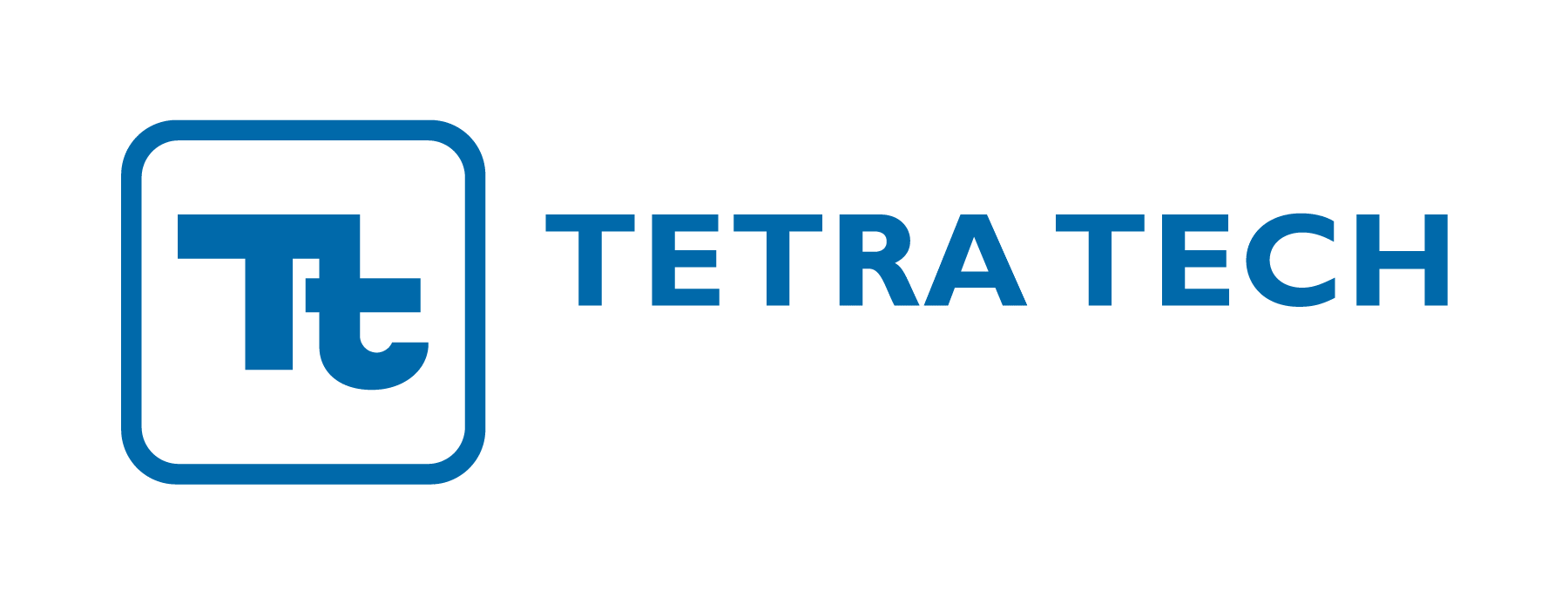If you manufacture or import products in the European Union (EU), you are required to comply with the Registration, Evaluation, Authorisation and Restriction of Chemicals (REACH) to retain market access. Twice a year, the European Chemicals Agency (ECHA) adds substances that may be restricted to the Candidate List. On January 17, 2023, nine new substances were added.
If you any of the following substances are present in your products, you will need to report the necessary chemical data to your customers. You will also need to report chemical information in the Substances of Concern in Products (SCIP) database.
Because the purpose of the Candidate List is to encourage manufacturers to remove substances of very high concern (SVHC) from their products, you may also want to look at replacing these substances.
New Candidate List Substances Added in January 2023
Nine new substances were added to ECHA’s Candidate List on January 17, 2023.
Reaction mass of 2,2,3,3,5,5,6,6-octafluoro-4-(1,1,1,2,3,3,3-heptafluoropropan-2-yl)morpholine and 2,2,3,3,5,5,6,6-octafluoro-4-(heptafluoropropyl)morpholine
This substance was added because it is very persistent and very bio-accumulative (vPvB). This substance is used in functional fluids at industrial sites and in manufacturing.
Perfluoroheptanoic acid and its salts
The addition of perfluoroheptanoic acid also includes its salts:
- Ammonium perfluoroheptanoate
- Potassium perfluoroheptanoate
- Sodium perfluoroheptanoate
These substances were added for several reasons. They are persistent, bio-accumulative, and toxic (PBT), vPvB, and they are thought to have serious impacts on human health and the environment.
Perfluoroheptanoic acid and its salts are used as a stain and as oil or water repellants.
Melamine
Melamine was added to the Candidate List because of its risks to human health and the environment.
This substance is used in formaldehyde-based resins used as coatings for a variety of products, from everyday plastic products to industrial coatings. Manufacturers also use melamine derivatives as flame retardant coatings.
Isobutyl 4-hydroxybenzoate
This substance was added to the Candidate List because of its endocrine disrupting properties.
It is used as a coating, in inks and toners, and in clay and plaster products. It is also used in cosmetics and personal care products.
bis(2-ethylhexyl) tetrabromophthalate covering any of the individual isomers and/or combinations thereof
The addition of this substance includes bis(2-ethylhexyl) tetrabromophthalate, also known as TBPH. These substances were added to the Candidate List because they are vPvB.
They are used in plastic and rubber products, as flame retardants, as adhesives, in carpet backings, and in films and sheetings. They are also used in wire and cable insulations.
Barium diboron tetraoxide
Barium diboron tetraoxide was added to the Candidate List because it is toxic for reproduction.
It is used in paints, coatings, paint removers and thinners, and in coatings for electrical wires.
4,4′-sulphonyldiphenol
This substances was introduced to the Candidate List because it is toxic for reproduction and has endocrine disrupting properties.
It is used in polymers, leather tanning agents, and in paper products, including paper products in personal hygiene articles.
2,2′,6,6′-tetrabromo-4,4′-isopropylidenediphenol
This substance was included because it is carcinogenic.
It is used as a flame retardant in electronic components, papers, and textiles.
1,1′-[ethane-1,2-diylbisoxy]bis[2,4,6-tribromobenzene]
This substance was added to the Candidate List because of its vPvB qualities.
It is used as a flame retardant in polymers, textiles, electrical and electronic equipment, and in adhesives.
Next Steps in REACH Compliance
Now that these new substances are part of the REACH Candidate List, your next step is to determine if any of them are present in the products you manufacturer or in the products your purchase from suppliers.
If any of the Candidate List substances are present in your products at or over the 0.1% weight by weight (w/w) threshold, you will need to let your customers and downstream users know and provide them with safe use instructions. You will also need to report these same SVHCs in the SCIP database.
If your imported and manufactured substances and mixtures exceed one metric ton per year, you will also need to make sure they are registered with REACH.

Get Support
With new chemicals added to the REACH Candidate List on a regular basis, your regulatory requirements can change frequently. Whether you need help identifying substances in your products, understanding your REACH requirements, or maintaining your SCIP reporting, Tetra Tech’s compliance experts are here to help.
Contact us today at [email protected] to learn how we can help you meet your reporting obligations.






